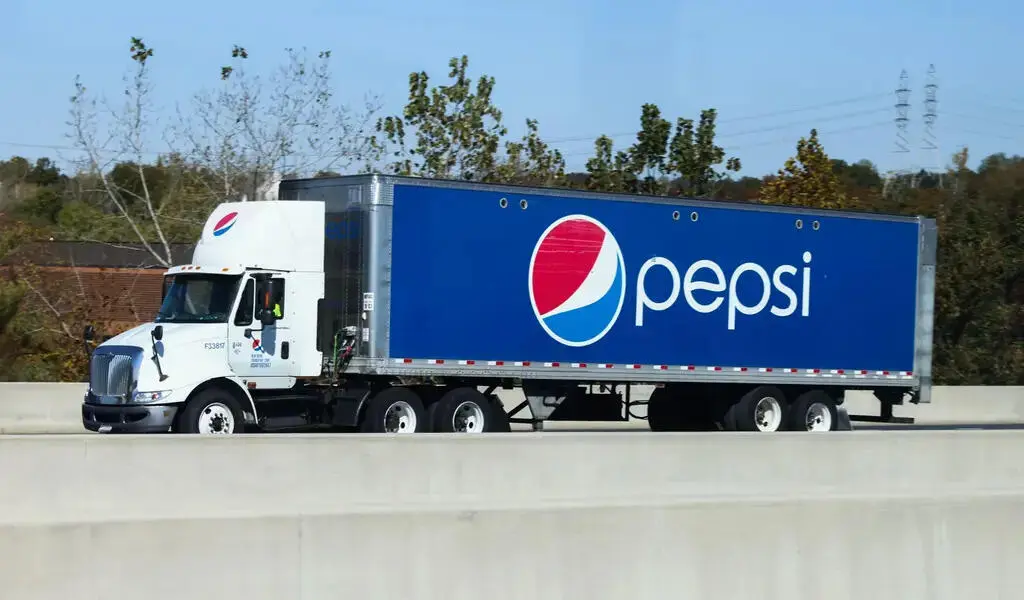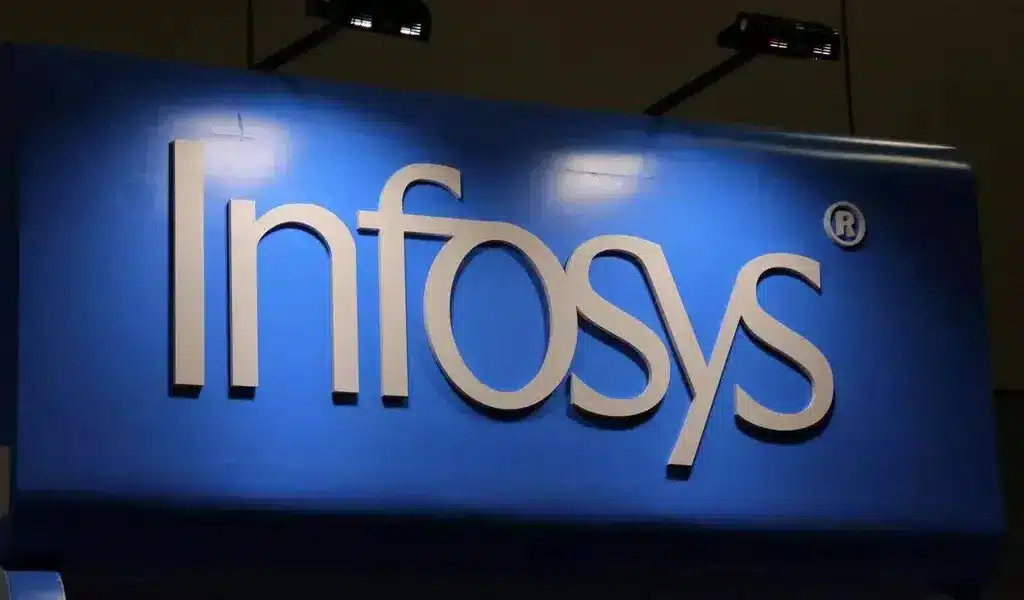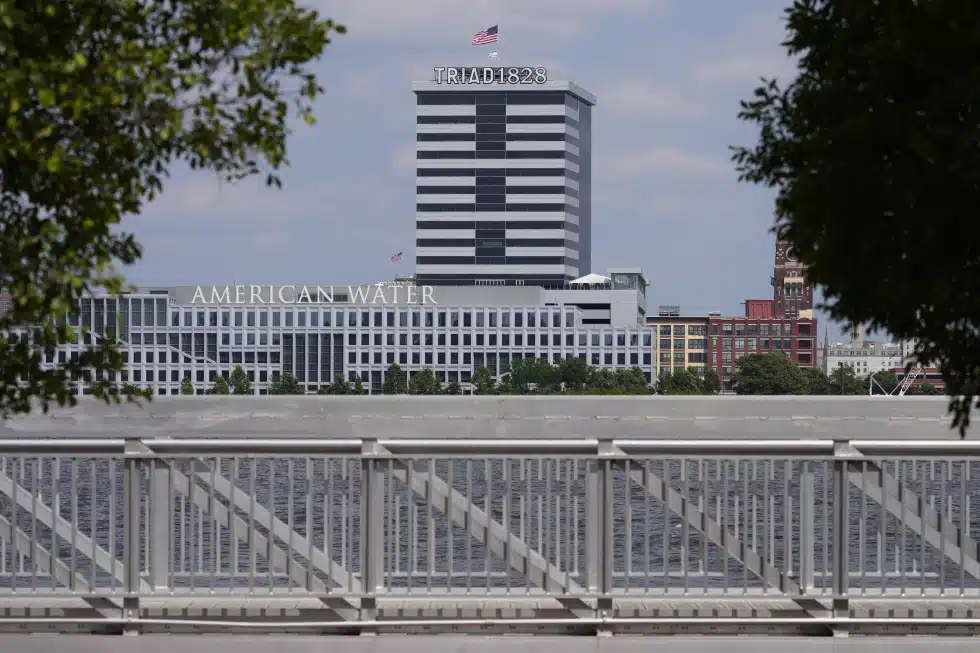Business
Thailand’s Default Risk Soars as Funds Pull More than $4 Billion
BANGKOK – The risk of Thailand defaulting on its debt rose to the highest since June 2012 as anti-government protests prompt money managers to sell the nation’s assets.
The cost of protecting the country’s debt soared after investors including Wells Fargo Inc. pulled more than $4 billion from Thai stocks and bonds since Oct. 31, as rallies clogged up Bangkok roads and clashes left nine dead with about 550 injured. Pacific Investment Management Co., Goldman Sachs Group Inc. and Kokusai Asset Management Co. reduced holdings before protests erupted in late October, regulatory filings show.
Wells Fargo Inc. pulled more than $4 billion from Thai stocks and bonds since Oct“We sold the entire Thai position in our international bond fund through the end of last year,” Lauren Van Biljon, an analyst in London at Wells Fargo’s First International Advisors LLC unit, said in a Jan. 17 telephone interview. “There seems to be a very wide gulf between the different political sides.”
A resolution of the crisis has eluded Prime Minister Yingluck Shinawatra since she dissolved parliament in December and called a snap poll for Feb. 2. Demonstrators want to remove her and end the influence of her brother, Thaksin Shinawatra, who was ousted by the army in 2006. Blasts rocked a protest site in Bangkok yesterday. The baht has slumped on bets the central bank will cut borrowing costs this week as the turmoil curbs growth and fuels speculation about a coup.
“We have remained underweight on the baht since late last year as the prolonged political unrest hurt the currency outlook,” Tatsuya Higuchi, a money manager at Kokusai in Tokyo, said in a Jan. 16 telephone interview. “There’s no fiscal support as the politics are in chaos. The only support they can provide under such a situation is monetary easing.”
Kokusai, Japan’s biggest mutual-fund manager with $36 billion of assets, cut its Thai bond holdings last year and will keep its existing stake for now, he said.
Default Risk
Credit-default swaps insuring Thai debt against non-payment for five years rose to 158 as of 10:37 a.m. in London, versus 150 on Jan. 17, according to data compiled by Bloomberg. They touched 160 earlier today in Asian trading, according to CMA prices, the highest since June 2012. The spread has widened 53 basis points since anti-government protest broke out on Oct. 31, compared with increases of 30 for Indonesia and 19 for the Philippines.
The cost of protecting Thailand’s debt may reach 200, the highest since November 2011, according to Nordea Markets, a unit of northern Europe’s biggest financial group, which had about 228 billion euros ($309 billion) of assets under management as of Sept. 30.
“The upside risk to the CDS level is still pretty big, given the risk of military intervention,” Amy Zhuang, a senior Asian markets analyst at Nordea in Copenhagen, said in a Jan. 15 telephone interview. “The uncertainty is there, the turmoil is there. They are generally still calm but the risky and tricky parts haven’t fully played out at the moment.”
Capital Flight
Global funds have sold $2.8 billion more local stocks than they bought and a net $1.4 billion of bonds since Oct. 31, data from the stock exchange and the Thai Bond Market Association show. The baht fell 5.1 percent in the period and touched 33.148 per dollar on Jan. 6, the weakest since 2010, while the SET Index of domestic shares dropped 10 percent.
The Bank of Thailand will lower its benchmark one-day repurchase rate to 2 percent from 2.25 percent on Jan. 22, according to 14 of 21 economists surveyed by Bloomberg News. Seven predict no change. The central bank delivered a surprise 25 basis point cut at its last meeting on Nov. 27.
The monetary authority has reduced its 2014 growth projection to about 4 percent from 4.8 percent, saying the unrest will hurt investment and business confidence. Thailand’s finance ministry on Jan. 16 cut its forecast for the second time in a month, reducing it to 3.1 percent after lowering it to 4 percent from 5.1 percent on Dec. 26.
Bangkok Blasts
Yingluck’s administration has endured more than two months of street demonstrations aimed at erasing her family’s political influence. Her brother’s allies won the past five elections.
Yesterday’s blasts occurred at Victory Monument, one of seven key districts that have been blockaded by demonstrators in the capital since Jan. 13, according to the Bangkok Emergency Medical Center. Violence over the past three days has killed one and wounded 70, the center said on its website.
The protesters, led by former lawmaker Suthep Thaugsuban, want Yingluck to step down and allow an unelected council to reform the electoral system before holding a fresh vote. The main opposition Democrat Party will boycott the Feb. 2 poll, its leader and former Prime Minister Abhisit Vejjajiva said Dec. 21.
‘Bad to Worse’
“Things are going from bad to worse,” Nicholas Spiro, managing director of investment consultancy Spiro Sovereign Strategy in London, said in a Jan. 15 e-mail interview. “The risk of another military coup is growing given the bleak prospects for a negotiated solution,” he wrote, adding that “stability and democratic governance are being undermined at a particular inopportune time from a market standpoint.”
Thailand’s army chief last month refused to rule out the possibility of a coup. The country has had nine coups and more than 20 prime ministers since 1946. The security situation in Bangkok isn’t as bad as in 2010, when the military was called in by the administration to disperse protesters, army Chief Prayuth Chan-Ocha told reporters today.
For now, the blockades in Bangkok haven’t done enough damage to the economy to alter its sovereign rating, Steffen Dyck, an analyst at Moody’s Investors Service, said at a Jan. 17 media briefing in Singapore. Thailand is rated Baa1 by Moody’s and BBB+ by Standard & Poor’s and Fitch Ratings, their third-lowest investment grades.
Moody’s Outlook
There are “very low” chances of a change to its ranking in the next 18 months, Dyck said. “In terms of growth, I can’t see it dropping below 3 percent.”
Dollar-denominated debt sold by Thai companies handed investors a 1.2 percent loss since the crisis flared on Oct. 31, according to JPMorgan Chase & Co.’s Asian Credit Index, making it the region’s worst performer after Indonesia.
The average yield on the nation’s debt climbed 32 basis points, or 0.32 percentage point, in the period to 4.93 percent on Jan. 16. It reached 5.07 percent on Jan. 9, the highest since Sept. 18. The yield on Thai Oil Pcl’s 4.875 percent note due Jan. 2043 climbed to 6.31 percent from 5.98 percent on Oct. 31.
The political stalemate is costing Southeast Asia’s second-biggest economy as much as 1 billion baht ($30 million) a day as tourism suffers, the University of Thai Chamber of Commerce estimated as Singapore Airlines Ltd., Cathay Pacific Airways Ltd. and PT Garuda Indonesia reduced flights to Bangkok.
“The biggest casualty of a further escalation in the crisis is Thailand’s economy, which has already slowed dramatically,” Spiro said. “Tourism and infrastructure investment are increasingly at risk, putting pressure on the central bank to trim rates again to help shore up growth.”

Business
PepsiCo Reduces Revenue Projections As North American Snacks And Key International Markets Underperform.

(VOR News) – In the third quarter of this year, Pepsi’s net income was $2.93 billion, which is equivalent to $2.13 per share. This was attributed to the company.
This is in stark contrast to net income of $3.09 billion, which is equivalent to $2.24 per share, during the same period in the previous year. The company’s earnings per share were $2.31 when expenses were excluded.
Net sales decreased by 0.6%, totaling $23.32 billion. Organic sales increased by 1.3% during the quarter when the effects of acquisitions, divestitures, and currency changes are excluded.
Pepsi’s beverage sales fell this quarter.
The most recent report indicates that the beverage and food sectors of the organization experienced a 2% decline in volume. Consumers of all income levels are demonstrating a change in their purchasing habits, as indicated by CEOs’ statements from the previous quarter.
Pepsi’s entire volume was adversely affected by the lackluster demand they encountered in North America. An increasing number of Americans are becoming more frugal, reducing the number of snacks they ingest, and reducing the number of times they purchase at convenience stores.
Furthermore, Laguarta observed that the increase in sales was partially attributed to the election that occurred in Mexico during the month of June.
The most significant decrease in volume was experienced by Quaker Foods North America, which was 13%. In December, the company announced its initial recall in response to a potential salmonella infection.
Due to the probability of an illness, the recall was extended in January. Pepsi officially closed a plant that was implicated in the recalls in June, despite the fact that manufacturing had already been halted.
Jamie Caulfield, the Chief Financial Officer of Pepsi and Laguarta, has indicated that the recalls are beginning to have a lessening effect.
Frito-Lay experienced a 1.5% decline in volume in North America. The company has been striving to improve the value it offers to consumers and the accessibility of its snack line, which includes SunChips, Cheetos, and Stacy’s pita chips, in the retail establishments where it is sold.
Despite the fact that the category as a whole has slowed down in comparison to the results of previous years, the level of activity within the division is progressively increasing.
Pepsi executives issued a statement in which they stated that “Salty and savory snacks have underperformed year-to-date after outperforming packaged food categories in previous years.”
Pepsi will spend more on Doritos and Tostitos in the fall and winter before football season.
The company is currently promoting incentive packets for Tostitos and Ruffles, which contain twenty percent more chips than the standard package.
Pepsi is expanding its product line in order to more effectively target individuals who are health-conscious. The business announced its intention to acquire Siete Foods for a total of $1.2 billion approximately one week ago. The restaurant serves Mexican-American cuisine, which is typically modified to meet the dietary needs of a diverse clientele.
The beverage segment of Pepsi in North America experienced a three percent decrease in volume. Despite the fact that the demand for energy drinks, such as Pepsi’s Rockstar, has decreased as a result of consumers visiting convenience stores, the sales of well-known brands such as Gatorade and Pepsi have seen an increase throughout the quarter.
Laguarta expressed his opinion to the analysts during the company’s conference call, asserting, “I am of the opinion that it is a component of the economic cycle that we are currently experiencing, and that it will reverse itself in the future, once consumers feel better.”
Additionally, it has been noted that the food and beverage markets of South Asia, the Middle East, Latin America, and Africa have experienced a decline in sales volume. The company cut its forecast for organic revenue for the entire year on Tuesday due to the business’s second consecutive quarter of lower-than-anticipated sales.
The company’s performance during the quarter was adversely affected by the Quaker Foods North America recalls, the decrease in demand in the United States, and the interruptions that occurred in specific international markets, as per the statements made by Chief Executive Officer Ramon Laguarta.
Pepsi has revised its forecast for organic sales in 2024, shifting from a 4% growth rate to a low single-digit growth rate. The company reiterated its expectation that the core constant currency profitability per share will increase by a minimum of 8% in comparison to the previous year.
The company’s shares declined by less than one percent during premarket trading. The following discrepancies between the company’s report and the projections of Wall Street were identified by LSEG in a survey of analysts:
SOURCE: CNBC
SEE ALSO:
Old National Bank And Infosys Broaden Their Strategic Partnership.
Business
Old National Bank And Infosys Broaden Their Strategic Partnership.

(VOR News) – Old National Bank, a commercial bank with its headquarters in the Midwest, and Infosys, a firm that specializes in information technology, have recently entered into a strategic expansion of their link, which has been in place for the past four years.
This expansion is more likely to take place sooner rather than later, with the likelihood being higher.
For the purpose of making it possible for Old National Bank to make use of the services, solutions, and platforms that are offered by Infosys, the objective of this expansion is to make it possible for the bank to transform its operations and processes through the application of automation and GenAI, as well as to change significant business areas.
This lets the bank leverage Infosys’ services, solutions, and platforms.
Old National Bank Chairman and CEO Jim Ryan said, “At Old National, we are committed to creating exceptional experiences for both our customers and our fellow employees.”
This statement is applicable to Old National Bank. Infosys is carefully managing the business process innovations that it is putting us through, putting a strong emphasis on efficiency and value growth throughout the process to ensure that it is carried out efficiently.
This is a routine occurrence throughout the entire operation. Because of Infosys’ dedication to our development and success, we are incredibly appreciative of the assistance they have provided.
Old National has been receiving assistance from Infosys in the process of updating its digital environment since the year 2020, according to the aforementioned company.
Ever since that time, the company has been providing assistance. The provision of this assistance has been accomplished through the utilization of a model that is not only powerful but also capable of functioning on its own power.
Infosys currently ranks Old National thirty-first out of the top thirty US banks.
This ranking is based on the fact that Old National is the nation’s largest banking corporation.
It is estimated that the total value of the company’s assets is approximately fifty-three billion dollars, while the assets that are currently being managed by the organization are valued at thirty billion dollars.
Dennis Gada, the Executive Vice President and Global Head of Banking and Financial Services, stated that “Old National Bank and Infosys possess a robust cultural and strategic alignment in the development, management, and enhancement of enterprise-scale solutions to transform the bank’s operations and facilitate growth.”
This remark referenced the exceptional cultural and strategic synergy between the two organizations. Dennis Gada is the one who asserted this claim. This was articulated explicitly concerning the exceptional cultural congruence and strategy alignment of the two organizations.
We are pleased to announce that the implementation of Infosys Topaz will substantially expedite the transformation of Old National Bank’s business processes and customer service protocols. We are exceedingly enthusiastic about this matter. We are quite thrilled about this specific component of the scenario.
Medium-sized banks operating regionally will continue to benefit from our substantial expertise in the sector, technology, and operations. This specific market segment of Infosys will persist in benefiting from our extensive experience. This phenomenon will enable this market sector to sustain substantial growth and efficiency benefits.
SOURCE: THBL
SEE ALSO:
American Water, The Largest Water Utility In US, Is Targeted By A Cyberattack
States Sue TikTok, Claiming Its Platform Is Addictive And Harms The Mental Health Of Children
Qantas Airways Apologizes After R-Rated Film Reportedly Airs On Every Screen During Flight
Business
American Water, The Largest Water Utility In US, Is Targeted By A Cyberattack

The largest regulated water and wastewater utility company in the United States stated Monday that it had been the target of a cyberattack, forcing the company to halt invoicing to consumers.
American Water, The Largest Water Utility In US, Is Targeted By A Cyberattack
American Water, based in New Jersey and serving over 14 million people in 14 states and 18 military facilities, said it learned of the unauthorized activity on Thursday and quickly took precautions, including shutting down certain systems. The business does not believe the attack had an impact on its facilities or operations and said employees were working “around the clock” to determine the origin and scale of the attack.

According to their website, American Water operates over 500 water and wastewater systems in around 1,700 communities across California, Georgia, Hawaii, Illinois, Indiana, Iowa, Kentucky, Maryland, Missouri, New Jersey, Pennsylvania, Tennessee, Virginia, and West Virginia.
SOURCE | AP
-

 News3 years ago
News3 years agoLet’s Know About Ultra High Net Worth Individual
-
Entertainment2 years ago
Mabelle Prior: The Voice of Hope, Resilience, and Diversity Inspiring Generations
-

 Health3 years ago
Health3 years agoHow Much Ivermectin Should You Take?
-

 Tech2 years ago
Tech2 years agoTop Forex Brokers of 2023: Reviews and Analysis for Successful Trading
-

 Lifestyles3 years ago
Lifestyles3 years agoAries Soulmate Signs
-

 Movies2 years ago
Movies2 years agoWhat Should I Do If Disney Plus Keeps Logging Me Out of TV?
-

 Health3 years ago
Health3 years agoCan I Buy Ivermectin Without A Prescription in the USA?
-

 Learning2 years ago
Learning2 years agoVirtual Numbers: What Are They For?